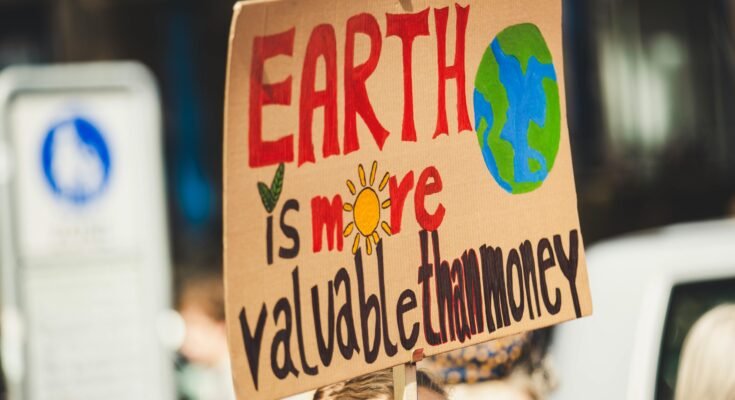In the most common terms, when standing outside, we constantly check up on the sky to see which way it is going-sunny, cloudy, or rainy. Weather is a tiny dot on a huge map; much more than just whether one should take an umbrella or wear sunglasses; it determines and shapes our world in ways we hardly recognize. The intricate relationships of weather, climate, and life are extremely subtle-from influencing ecosystems and agriculture to influencing moods and economies.
Weather is often confused with climate. Weather represents a temporary phenomenon while climate depicts the long-term conditions of weather elements. Weather conditions include temperature, humidity, precipitation, etc., which frequently change from day to day or from hour to hour. Climate, on the other hand, is more stable and is long-term, meant to span a long duration and usually observed over thirty years or more.
Weather is your mood that can change possibly many times in one day, while climate is your personality-crucially stable over a long period but capable at the same time of developing, changing forms, and adjectives. How this difference matters is that we will experience weather every day, while it’s cumbersome and unnecessary to look at climate each day, for it gives us an overall idea as to how to live for our further adaptation.
The Influence of Weather and Climate on Life on Earth
1.Agriculture and Food Production
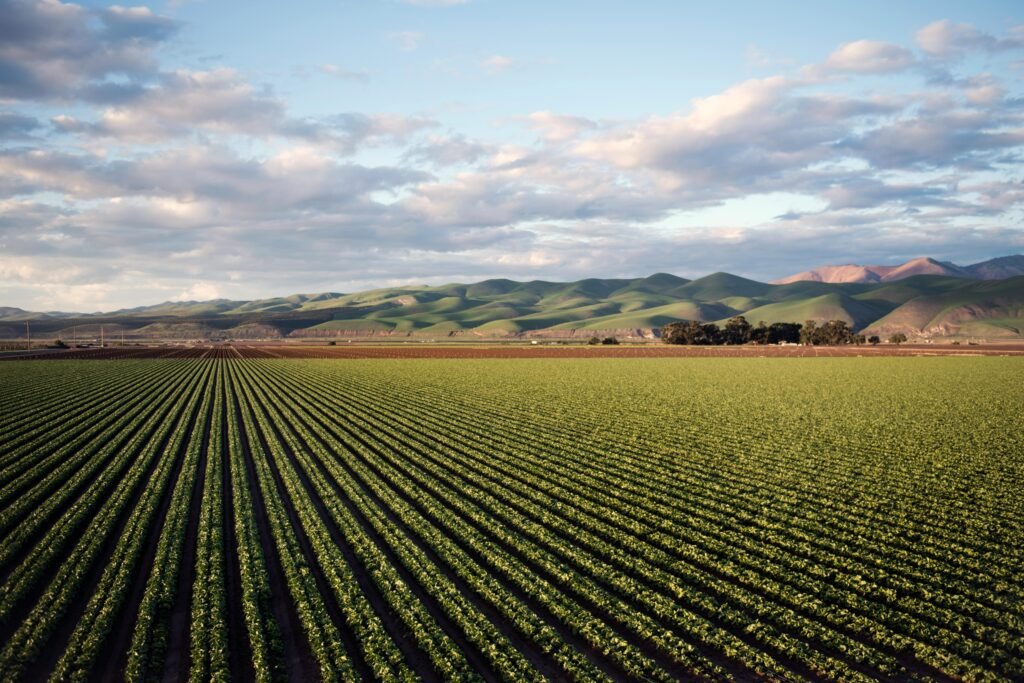
Farmers rely on predictable weather patterns to produce crops and food. Too much rain might cause floods while little or no rain may cause droughts and starvation. Climate change is making weather patterns more unpredictable and challenging for food security.
An increase in temperature affects South America coffee production, while droughts from less water sources are affecting the growth of wheat in Africa and Asia. It influences the prosperity of the farmer and the pricing of food and trade in the growing demand.
Extreme weather, such as hurricanes and wildfires, adds to the complexity of food production. Unexpected cold snaps or heat waves can wipe out entire harvest seasons, making access to stable food sources for communities very difficult.
2.Health and Disease
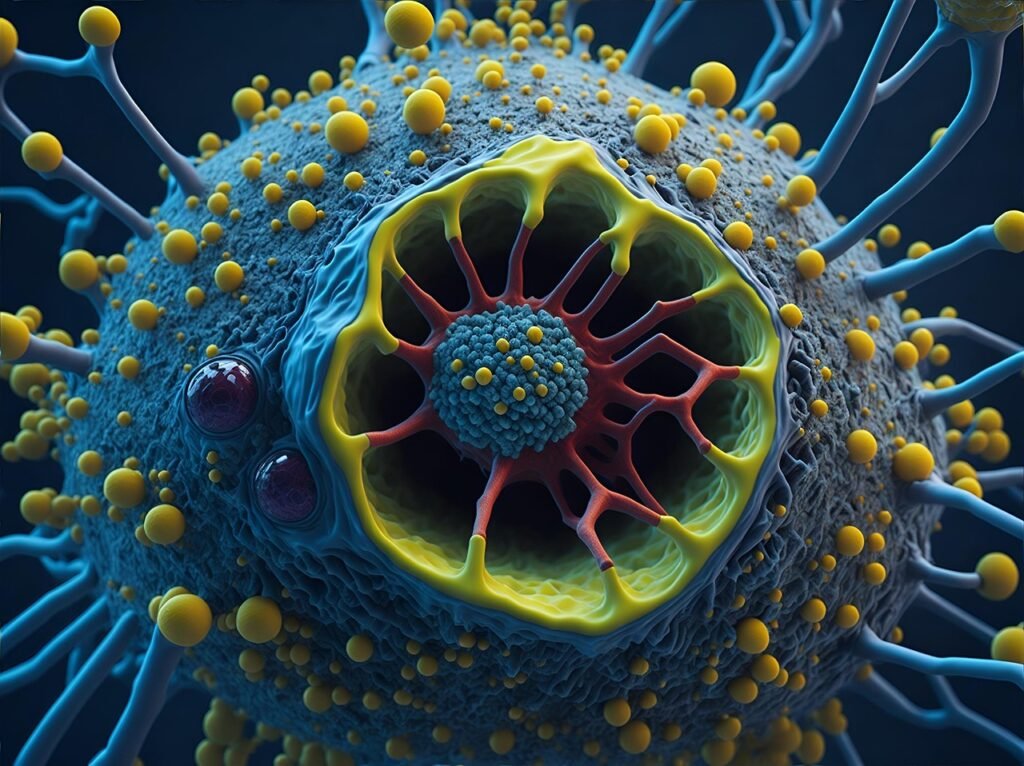
The weather has considerable impact on our health. Cold weather can cause respiratory illnesses, while heat waves lead to dehydration and heatstrokes. So, climate conditions influence the spread of diseases. For instance, warmer climates have allowed mosquitoes to expand their habitats and thus spread malaria and dengue in new areas previously unexposed.
The extreme weather events, such as hurricanes and wildfires, also contributory factors to stress and mental health-related problems, reinforcing the connection between climate and well-being. Floods give rise to waterborne infections, prolonged droughts get their victims malnutrition and shortage of both food and medicine.
3.Ecosystems and Wildlife
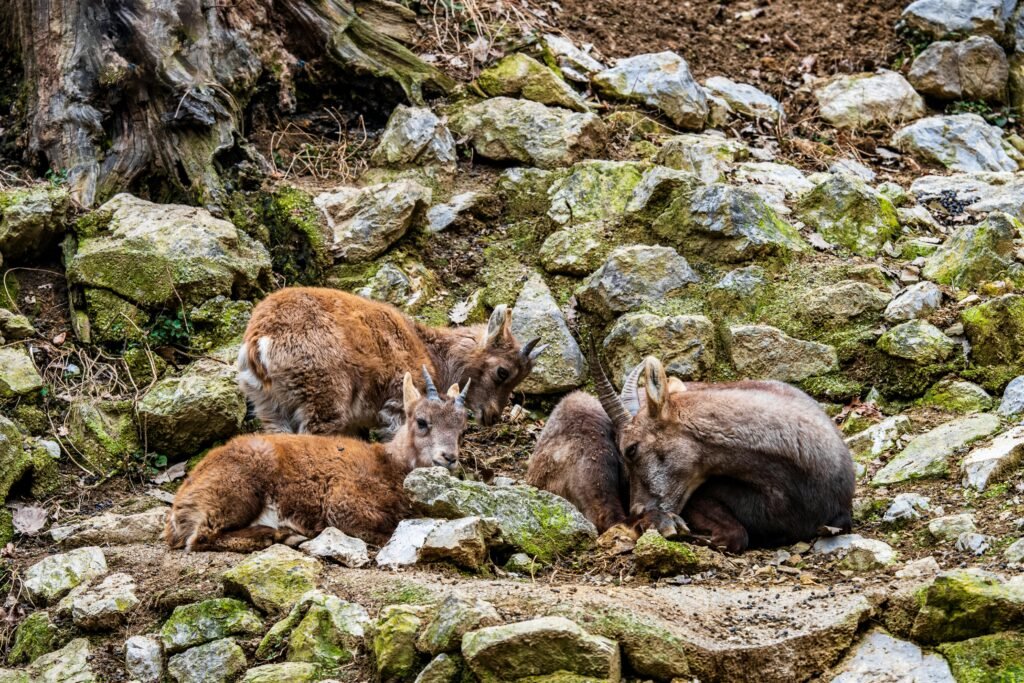
Floragrammal everyday development of plants and animals are known against specific climatic conditions. When climatic conditions vary, the organisms comprising an ecosystem lose the chances of survival. To talk of a current specific case-coral reefs-a biological organism closely feeling the effect of bleaching due to kindling water temperature. Polar bears will also be talked about when concentrating on the high melting ice of the Arctics and the ever-declining area for their hunt.
Weather and climate changes also affect migratory patterns. Birds, butterflies, and fish depend on seasonal cues for their migration. This is an aspect of natural phenomena that climate change can interrupt; temperatures are shifting. These changes may lead to declining populations of insects or birds, creating an imbalance within ecosystems. The species that prosper in high temperatures invade; therefore, they place competition on native species and ultimately wreck biodiversity.
4.Human Societies and Economy
Natural disasters cause billions of dollars worth of damage every year, with hurricanes, wildfires, and floods being the most common culprits. Economic activities are paralysed, houses destroyed, and whole communities misplaced. Lesser climatologically caused crises-such as severe drought-increase food and water prices, triggering economic instability.
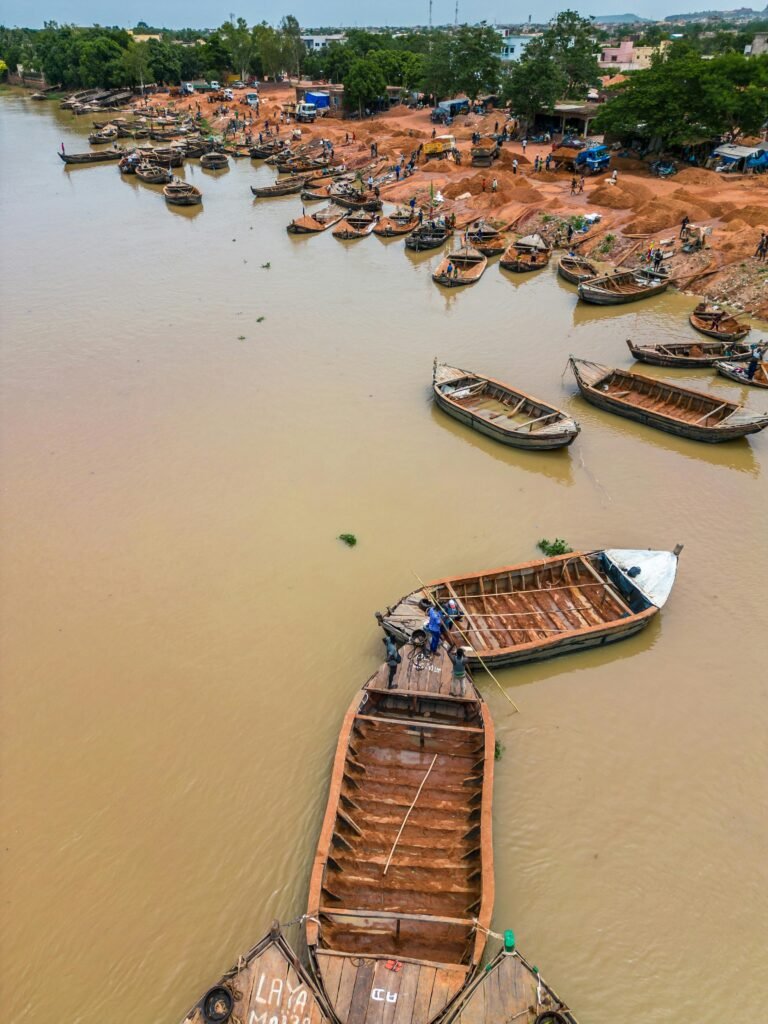
The world’s main tourism sector is also prone to climatic attacks. The limited-winter viability of ski resorts and the rising water levels and added storms for tropical destinations call forth changes to jobs in their thousands in every country.
That being said, climate-induced migration is again cropping up as a major issue these days. Low-lying coastal towns across the globe will have to abandon their lands due to ever-increasing sea levels, and desertification tends to render once fertile areas uninhabitable. This exodus further pressures urban areas and can incite social and political tensions.
All-Linked By Invisible Threads
Although one may consider weather and climate unconnected to their daily lives, everything in this world is interconnected. Here are some surprising ways:
- Ocean Currents and Your Morning Coffee: Ocean current changes will impact rainfall patterns and determine which areas will be the best for the growth of coffee, cocoa, or other crops.
- The Sahara Desert and the Amazon Rainforest: The Sahara’s dust provides essential nutrients to the world’s largest rainforest, thus keeping it fertile.
- Melting Ice and Your Insurance Rates: As climate change has caused a rise in natural disasters, the increasing frequency and severity of such disasters cost insurance companies dearly. To compensate for the costs, insurance companies increased rates.
- Wildfires and Air Quality: Huge wildfires put vast amounts of smoke and other pollutants in the air, affecting air quality all the way across continents.
- Urban Heat Islands: Cities full of concrete and asphalt are warmer than their rural surroundings because, by nature of their construction, they retain heat in them. This leads to more energy used for cooling and increased vulnerability to heat-related illnesses.
How to Help
Understanding these linkages is the first step towards Being the Change; while much greater policy changes are required, every little action counts. Here’s how you can help:
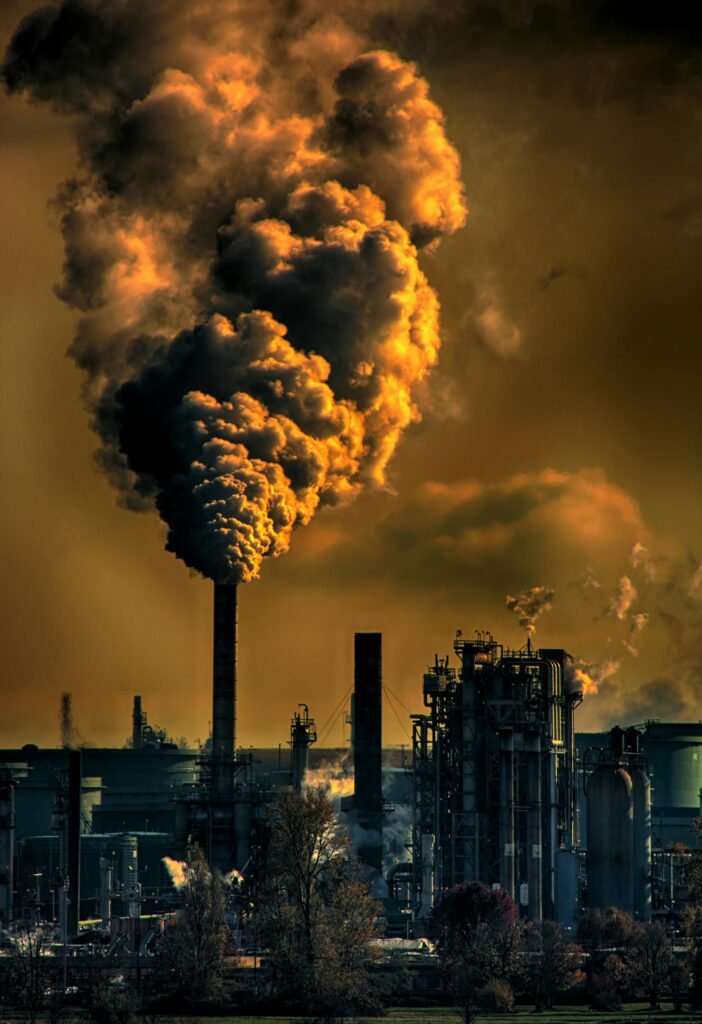
- Cut Your Carbon Footprint: Use public transport, buy energy-star-rated appliances, and reduce waste.
- Support Sustainable Practices; buy from companies that care for the creatures and the people they inhabit with.
- Stay Informed; becoming aware will move you to action. Keep your eyes and ears open for news, information, and the latest developments regarding climate issues.
- Prepare for Weather Extremes: Be it your home insulation or an emergency plan: being better prepared can save lives as well as money.
- Advocacy for Change: Support policies and leaders who represent climate issues. Ban together with local businesses to encourage the adoption of renewable energy and natural practices.
- Plant Trees/Greens: Planting trees and establishing green spaces within cities will al-leave sequestered carbon dioxide/CO2 while aiding urban cooling and hence improved air quality.

Final Thoughts
In addition to being a blanket of clear sky that, at times, assumes a blue color, it has a very complicated set of interconnections going on between the weather, climate, and life. A threat to the food on our table, the air in our lungs, the threat comes from outside the thin instable atmosphere in the form of changing conditions of our planet. Carrying a sense of awareness of these connections will allow us to mold ourselves towards a more sustainable and resilient future for all.
Next time you check the weather, think beyond just the temperature, you know, consider the more tremendous forces operating and shaping the world around us. Because image it or not, above us, we are all connected by the same sky.
We Want to Hear from You!
What are your thoughts on the connecting forces of interaction between weather, climate, and life? Have you noticed any unusual weather patterns lately? In your opinion, how can we make a difference to protect our planet?
We’d love to hear from you! You can leave comments below, sharing your experiences, questions, or any other ideas. And please share this with your family and friends if you liked it. Let’s keep the dialogue going and create some positive changes together!🌍💬✨
